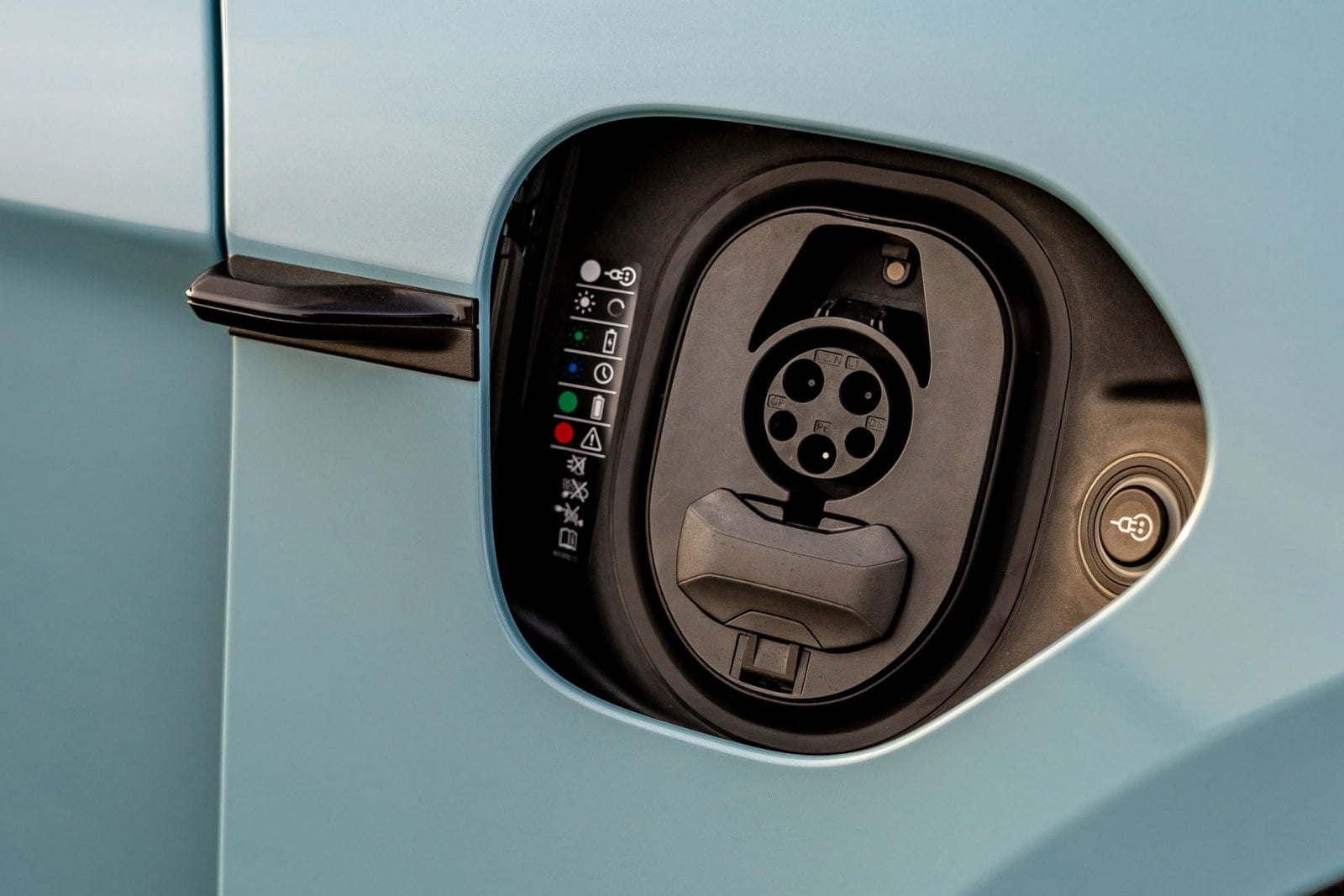I hope Rivian can succeed in the long-term because the truck looks great, but it is going to have a big issue with range. It's a truck and is shaped like a truck (a brick). It is expectedly heavy and I have to assume the aerodynamics are horrible. The efficiency seems to back that up, with a similar range to the MYP, but using a nearly 2x as large of a battery.
After a few months with the Tesla MYP I've learned that an advertised ~300 mile range isn't at all what it seems. Real world range is more like 220mi, from 10-80%. I've stared at the energy display enough to become uncomfortably attuned to cargo weight and wind resistance (windows down) pulling on my range. On a road trip, the 20-40min supercharger stops feel frequent, bearable, and occasionally even enjoyable, but if they were any longer they would be annoying.
Rivian has a non existent charging infrastructure, but lets say they knock it out of the park and match Tesla's SC network early on. It will still need double the charge time to fill that huge battery. I don't think you'll even be able to home-charge in a reasonable amount of time on 240v. An L2 could take most of a day. Basically all of those adventurous situations you see on their website are the last thing you can do with a Rivian. I probably wouldn't even take it on a camping trip because I'd be utterly screwed if there wasn't an L3 near the campground or an L2 at it.
My 2c
After a few months with the Tesla MYP I've learned that an advertised ~300 mile range isn't at all what it seems. Real world range is more like 220mi, from 10-80%. I've stared at the energy display enough to become uncomfortably attuned to cargo weight and wind resistance (windows down) pulling on my range. On a road trip, the 20-40min supercharger stops feel frequent, bearable, and occasionally even enjoyable, but if they were any longer they would be annoying.
Rivian has a non existent charging infrastructure, but lets say they knock it out of the park and match Tesla's SC network early on. It will still need double the charge time to fill that huge battery. I don't think you'll even be able to home-charge in a reasonable amount of time on 240v. An L2 could take most of a day. Basically all of those adventurous situations you see on their website are the last thing you can do with a Rivian. I probably wouldn't even take it on a camping trip because I'd be utterly screwed if there wasn't an L3 near the campground or an L2 at it.
My 2c



